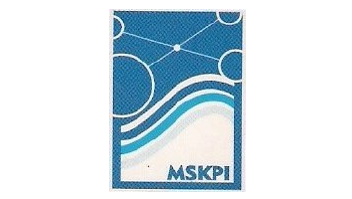IDENTIFIKASI SAMPAH LAUT (MARINE DEBRIS) DI PANTAI PINTU KOTA DAN PANTAI AIRLOUW, KOTA AMBON
Abstract
Marine debris consists of solid organic and inorganic materials that do not easily decompose, accumulate, scattering across the sea and beaches. The waste problem remains a fundamental problem that has yet to be resolved in various parts of the world, including Ambon City. The data collection techniques were direct observation and waste sampling. Determination of the research location was adjusted to the tidal schedule in August 2023 at Pintu Kota Beach and Airlouw Beach, Ambon City. Results of the study showed that the types of waste obtained were plastic bottles, plastic cups, plastic pieces, plastic packaging, coconut fiber, dry leaves, logs, iron cans, iron scrap, sandals, pampers, cloth, styrofoam, sponges, paper, and others. The results of measuring rubbish at Pintu Kota Beach and Airlouw Beach fall into the mega-debris (>1 m) and macro-debris (>2.5 cm - <1 m) categories, but most of it is in the macro-debris category (>2.5 cm - <1 m), namely 2 cm - 1.74 m. The mass of waste with a high average yield was observed at Pintu Kota Beach, ranged from 100 g at low tide to 121 g at high tide. Meanwhile, the average mass of waste at Airlouw Beach was relatively low at 58 g at high tide and 61 g at low tide. Plastic waste and non-plastic waste were more commonly found during high flood tide. This is possibly due to high rainfall in the east monsoon in Ambon City, which causes currents and waves to carry garbage up to the coast.
Copyright (c) 2024 Jurnal Teknologi Perikanan dan Kelautan

This work is licensed under a Creative Commons Attribution-NonCommercial 4.0 International License.




















